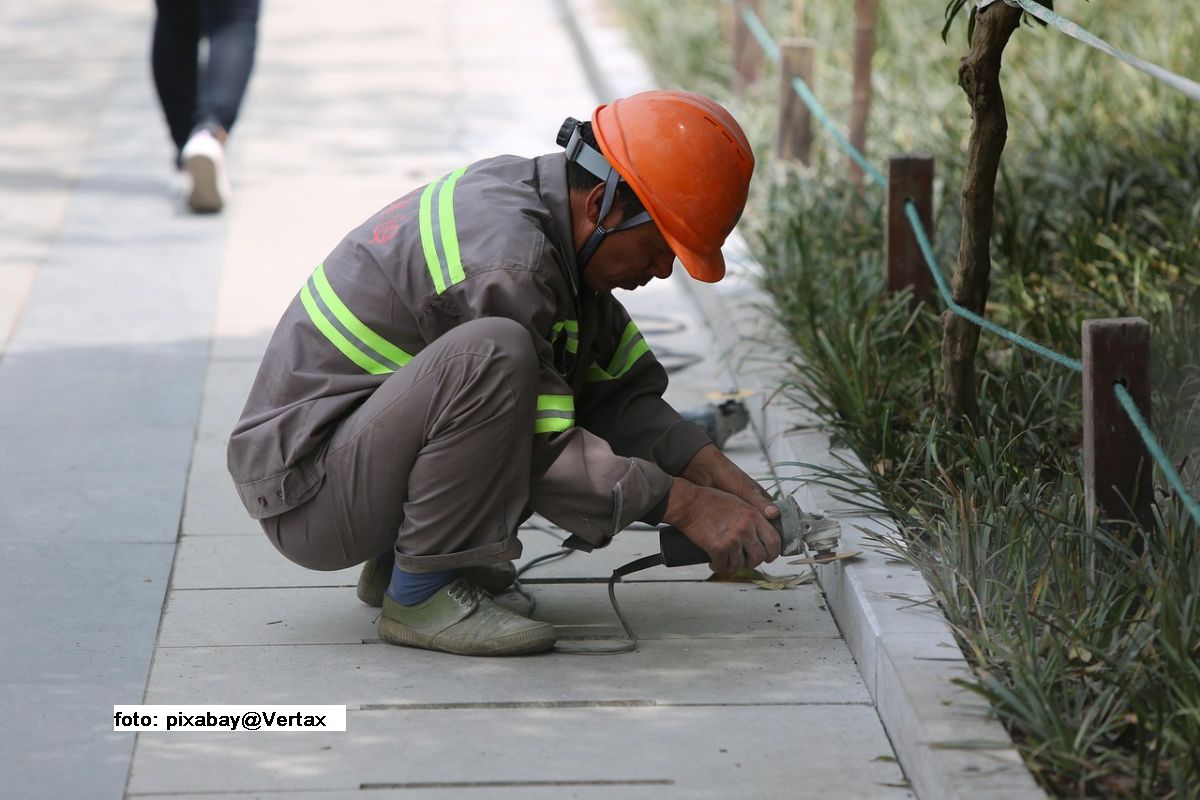Romania must redefine itself economically
In 2022, the employed population of Romania was 7.6 million people

Luiza Moldovan, 02.10.2024, 13:36
In 2022, the employed population of Romania was 7.6 million people. Of these, 5.5 million were employees with individual employment contracts. Most employees were to be found in the service sector – 3.5 million people, while in industry and trade there were 1.85 million people. Overall, the occupancy rate was, in 2022, 62.3%.
The chief economist of the National Bank of Romania (NBR), Valentin Lazea, says, however, that, applied to the specifics of our country, the main challenge for the growth of domestic capital is the problems represented by the workforce. In the last 25-30 years, there has been an accumulation of Romanian capital, so that it is no longer a factor affecting the GDP. Now, our country must find the fields in which it can have a say, at the European level, said Valentin Lazea, who referred to 3 main directions in which domestic capital can move to a new level:
“Increasing added value, diversifying investments, entering new markets. Romanian companies will have to negotiate the niches in which they have a competitive advantage within continental production chains, and Romania has many capabilities to insert itself into European production, whether we are talking about the IT sector, the automotive sector, the production of green energy or the exploitation of rare earths.”
We are used to seeing Romania only in the sad charts of the European Union, but know that we also have areas where we are very, very good! For example, Romania has more certified technology specialists than the United States. Here is what Radu Antohi, undersecretary of state in the Ministry of Research, Innovation and Digitization, says:
“We have more certified technology specialists per thousand inhabitants than the United States. We are in first place in Europe in this matter, and in sixth place in the world. So we have a well-trained workforce, we have connectivity, we have high-speed internet in most of the country. Starting from these two very strong pillars, we can develop the IT industry in Romania and digitize, and the money we earn from digitization to be very important for the Romanian state budget”.
The problem is, however, the gap between this very well-trained workforce in the IT field and the rest of the Romanian population, in terms of the use of modern technologies and digital services. Let’s also note the discrepancy between the employees of state companies, those in the private sector, and those in local public administrations.
NBR experts say that, after almost 35 years of market economy, Romania must take advantage of the value and experience of domestic capital, if it wants to have a significant position in the European economy. The conditions are good, if we think about the steps for the reindustrialization of Europe, the negotiations by the Republic of Moldova and Ukraine for joining the European Union and the consolidation of the eastern flank of the Union, not only militarily, but also economically. However, it is necessary to focus on 3-4 strategic areas. We are in a historic moment of redefining economic strategies at the global and European level, and Romanian companies must take advantage of this situation, believes the chief economist of the NBR, Valentin Lazea:
“The Draghi report, published at the beginning of September, highlights the fact that the answer to the tyranny of globalization is not the retreat of each European state into autarchy and economic nationalism, but a joint effort to create European value chains, as well as European champions.”
Valentin Lazea also says that the process of defining and negotiating Romanian niches in European production chains will require the involvement of both the governmental factor and the private sector in this strategic approach. The representatives of the state and the private sector must sit down at the table and, based on figures and clear examples, decide where Romanian companies can be inserted in the continental production chains, the chief economist of the NBR also specified.
In this context, the president of the Bucharest Stock Exchange (BSE), Radu Hanga, believes that the institution he leads can play an important role:
“We are in an environment where big local businesses were born 30 years ago, in the 90s. Many of them were founded by people who were probably in their 30s and 40s at the time, who are now approaching the first generational change, the first handing over of the baton to the next generation of entrepreneurs. What does this mean for the stock market? It means a great opportunity, after all, the opportunity to help local companies, which do not have the solution for its transition to the second generation, to find the way, to find an alternative option for moving forward. When we ask ourselves what are the areas in which we can be successful, the first thing is to have some local champions. You cannot become European champion without having a local champion. These companies, which have proven something internally, are the companies that have the chance to become important players in the regional arena. When I look at the Stock Exchange, I see it not only as a financing platform, I see it as a stage that visibly helps companies that lean towards the stock exchange. The moment you are listed, your products start to be seen, in a context where consumer preference for local products is starting to grow. The Stock Exchange, in a way, certifies you, helps you develop”.






























